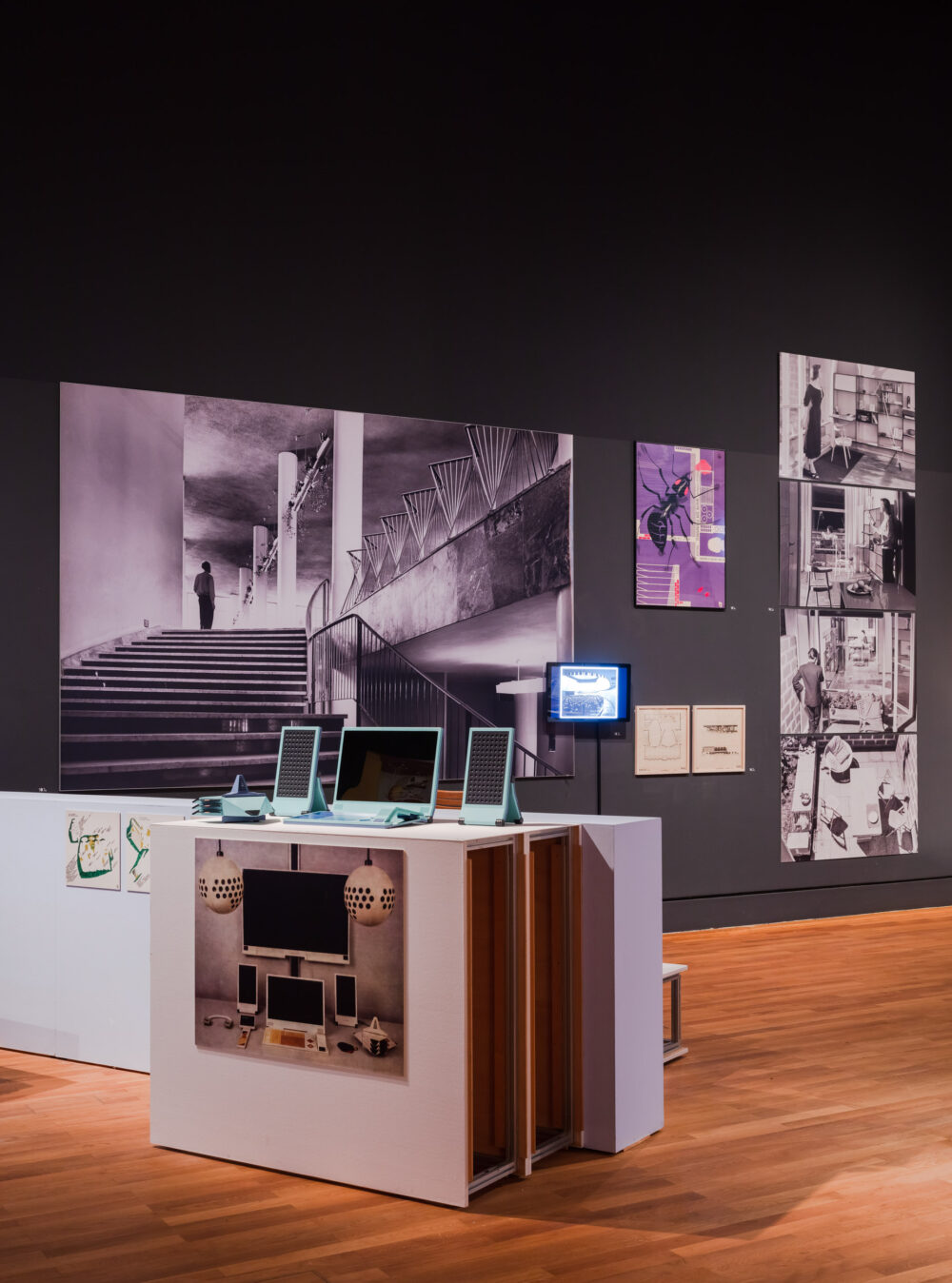Futurodesign. The utopia of the smart home
Established in 1962, the All-Union Research Institute of Technical Aesthetics (VNIITE) became a utopian refuge for brilliant designers who wanted to change the world. However, these had very little influence over Soviet industry, so less than a third of the projects they created made it into production. It was under these circumstances that a ‘futurodesign’ thrived, a realm where designers felt free to explore their visions of a comfortable, technology-driven future awaiting the builders of communism. I have selected two ‘smart home’ projects developed at VNIITE to show that many ideas of the past are still strikingly relevant, even though they couldn’t actually be implemented within the Soviet system: the SFINX Superfunctional Information and Communication Unit, and the Domestic Information Machine (DIM) project.
While the idea of total state control was itself dangerously utopian, the (failed) colonial attempt to merge diverse peoples into a monolithic ‘Soviet’ nation through the instilment of Russian SFSR culture throughout the Soviet Union’s other republics was even more dangerous. Though the projects presented here came from the VNIITE main office in Moscow, they boast quite a diverse geography of contributors. Exploring their personal histories and career paths will help us to better grasp the scope and nature of cultural transfer in the Soviet Union and understand how the Russian SFSR exploited the natural and intellectual resources of the subject regions.
